The Ultimate Guide to Choosing the Best Rabbit Hay Feeder
Uncover key factors to consider when choosing the best rabbit hay feeder, ensuring your pet's health and happiness. Enjoy reading this blog!
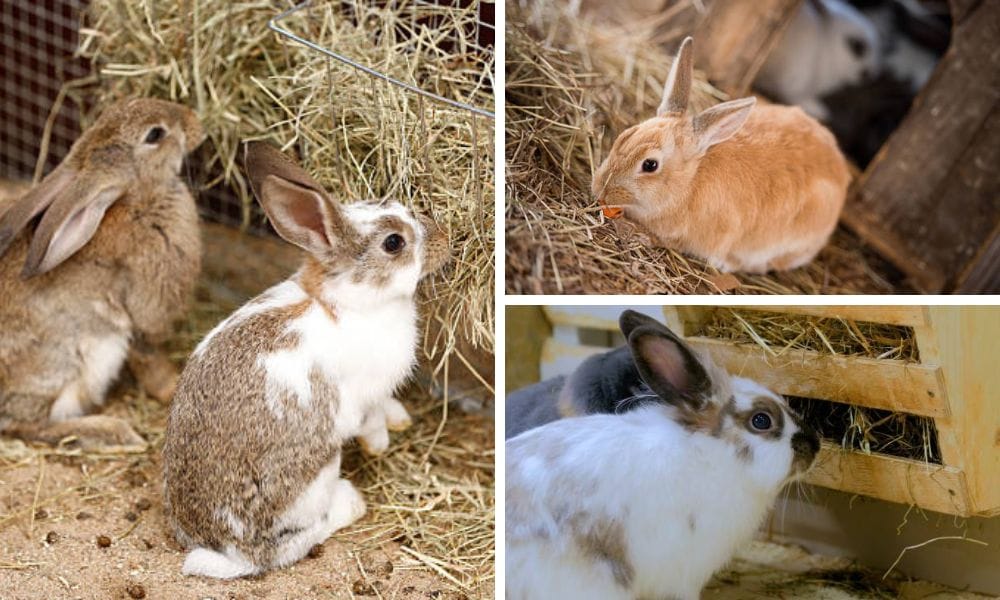
Rabbits are delightful pets that bring joy to our lives with their playful antics and adorable mannerisms. As a responsible bunny parent, ensuring that your furry friend has access to fresh hay is crucial for their health and happiness. A rabbit hay feeder is an essential accessory for any bunny home. But with so many options on the market, how do you choose the best one? This guide will hop you through the process.
Key Takeaways:
- Understand the importance of a rabbit hay feeder for your bunny's health.
- Learn about the different materials and designs of hay feeders.
- Discover how to select the right size and type of feeder for your rabbit.
Introduction to Hay Feeders and Their Benefits
A hay feeder is more than just a convenient accessory—it’s an essential part of keeping your rabbits, guinea pigs, and other small pets healthy and happy. By providing a dedicated place for dry hay, hay feeders help maintain hygiene in your pet’s living space. Instead of hay ending up on the floor or mixed with litter and waste, a feeder keeps it clean and easily accessible. This not only reduces the risk of your pets eating soiled food but also minimizes wasted hay, saving you money and effort in the long run.
Hay feeders also play a crucial role in your rabbit’s well-being. Since hay should make up about 80% of a rabbit’s diet, having a feeder encourages them to eat more hay throughout the day. This constant access to fresh, clean hay supports healthy digestion and dental health, both of which are vital for rabbits and guinea pigs. By keeping hay off the floor and away from litter, you’re creating a healthier, tidier environment that benefits both you and your pets.
Importance of Hay in a Rabbit's Diet
Hay is the cornerstone of a rabbit’s diet. It provides the necessary fiber to keep their digestive systems running smoothly and their teeth in check through constant chewing. Without a constant supply of hay, rabbits can develop serious health issues. A rabbit hay feeder not only keeps their hay clean and accessible but also makes it more engaging for your bunny to eat. By having a dedicated feeder, you can monitor the quantity of hay your rabbit consumes, ensuring they’re getting enough fiber daily.
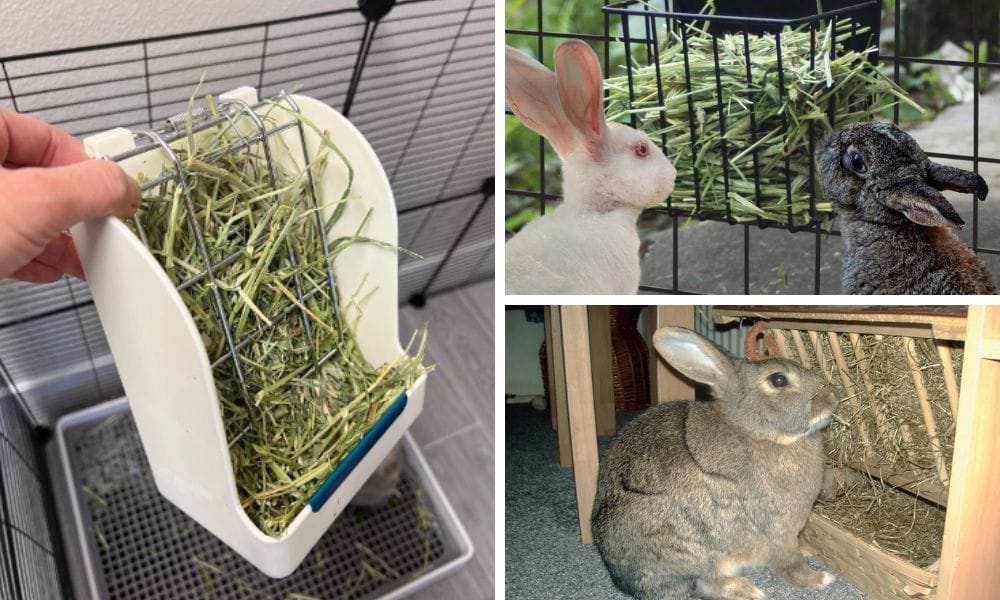
Types of Hay Storage and Accessories
When it comes to hay storage and feeding solutions, there’s a wide variety to choose from. Hay racks are a popular option, available in sturdy materials like metal or wood, and can be either freestanding or mounted on the wall to save space. These racks keep hay elevated and away from litter, making it easy for rabbits and guinea pigs to reach their food without making a mess.
Hay bags offer another practical solution, especially for those looking to store and dispense more hay in a compact way. With holes cut into the fabric, hay bags allow your pets to pull out hay as they need it, keeping the rest clean and dry. For a truly tidy setup, many owners pair hay feeders with litter boxes or litter trays. This combination helps keep the area organized and ensures that hay stays separate from waste, making cleanup much easier.
Guinea pig owners can also find hay feeders designed specifically for their small pets, ensuring easy access and the right capacity for their needs. When choosing any hay storage or feeder, consider the size of your rabbit or guinea pig and how much hay they typically eat. A well-chosen feeder or rack will encourage your pets to eat more hay, reduce waste, and keep their living space neat and inviting.
Choosing the Right Material
When it comes to rabbit hay feeders, the material is a significant factor to consider. Wood is a popular choice, as it's sturdy and gives a natural look to your bunny's habitat. However, ensure that the wood is untreated and safe for rabbits to chew on. Some hay feeders are made of metal or plastic, which can be easier to clean and attach to the cage. The key is to find a material that is durable, non-toxic, and can withstand a bunny's love for gnawing.
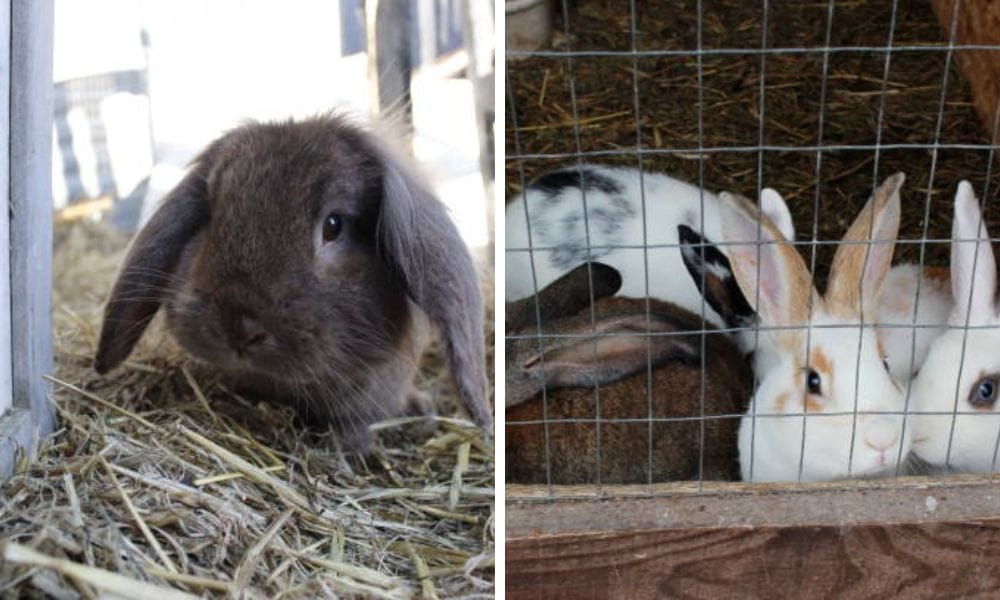
Design and Accessibility
The design of the hay feeder should allow your rabbit to easily enter and access the hay. Some feeders are designed to be attached to the cage, which can save space and keep the hay off the floor. Others are standalone units that can be placed anywhere in your bunny’s living area. When choosing a feeder, it's important to check the dimensions to ensure it fits your rabbit's space and meets their needs. Look for a design that prevents hay from getting soiled and is easy for your rabbit to use. A good feeder design will keep your bunny happy and encourage them to eat more hay. Your bunny will always have access to the fresh clean hay which is vital for their health.
Optimizing Your Rabbit's Feeding Experience
When considering the addition of a hay feeder to your rabbit’s habitat, it’s essential to think about how it will enhance their feeding experience. A well-chosen hay feeder not only simplifies your daily pet care routine but also encourages your rabbit to eat more hay, which is crucial for their digestive health. By selecting a feeder that allows for easy access to hay, you ensure that your rabbit can graze comfortably throughout the day. This constant availability is vital, as it mimics their natural foraging behavior and keeps them engaged and happy.
Providing hay in different ways—such as scattering it on the floor, hiding it in tubes, or placing it in a dish—encourages natural foraging behaviors like digging and throwing hay. This allows rabbits to eat with their head down and all four feet on the floor, just as they would when grazing on grass in the wild. Using a hay rack can sometimes create a problem by limiting these natural behaviors and may lead to worry about safety or mess in the house. The reason for encouraging these behaviors is to support your rabbit’s sense of well-being and mental health. Enrichment can also be provided by hiding pellets or hay in tubes, and any hay that becomes soiled should be thrown away. These methods have been proven to enhance the feeding experience and reduce issues with wasted hay.
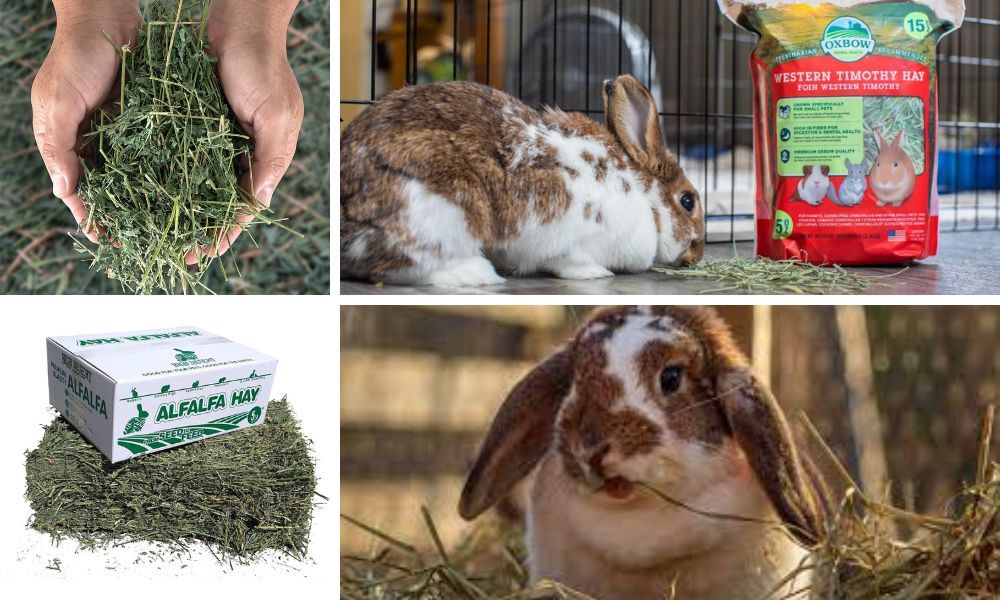
Moreover, when you add a hay feeder to your rabbit’s enclosure, you’re also contributing to a cleaner and more organized space. Hay can easily become scattered and soiled if left on the cage floor, but a feeder helps to contain the mess and reduce waste. This means less cleaning for you and a more hygienic environment for your rabbit. Remember to look for feeders that are designed with this in mind; many options available have considered the importance of a tidy eating area and have included features to minimize spillage and keep the hay fresh
.
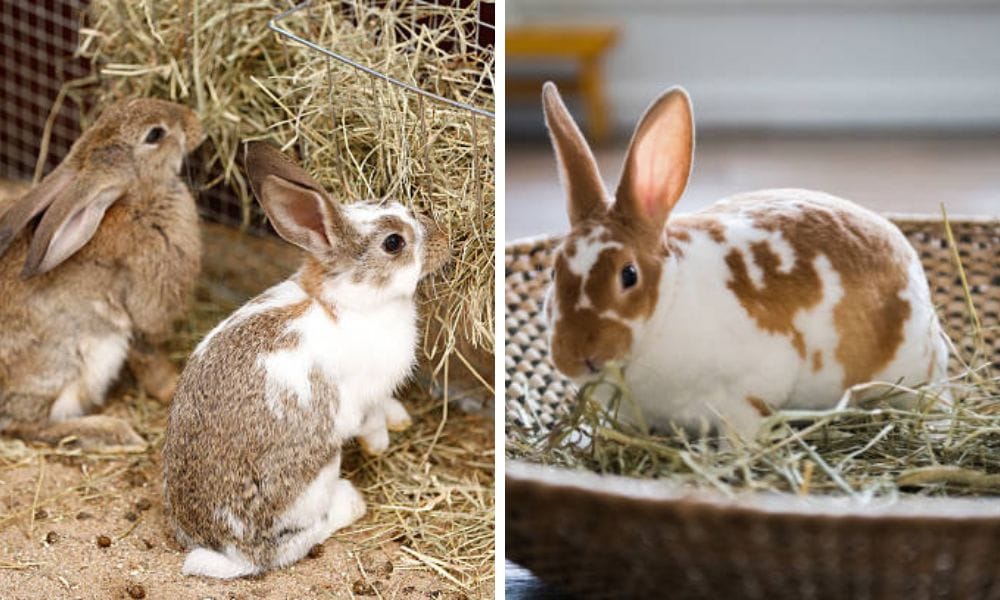
Customizing for Your Furry Friend
Every rabbit has its unique personality and preferences, which is why customization is key when adding a new item to their living space. When browsing through all our items, consider the specific needs and habits of your rabbit. Some bunnies may prefer a feeder that’s low to the ground, while others might enjoy a challenge and appreciate a feeder that’s a bit elevated. It’s all about observing your pet and understanding what makes them most comfortable.
Consider using straw as a bedding material to provide extra insulation and comfort for your rabbit, especially during colder weather.
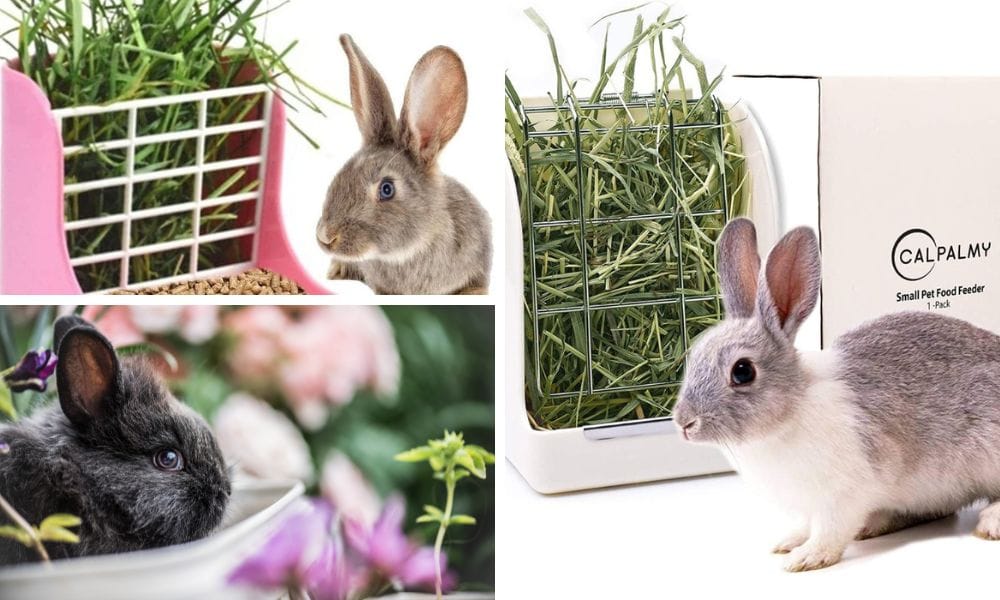
In addition to catering to your rabbit’s preferences, customization can also mean choosing a hay feeder that complements your home’s aesthetic. With the variety of designs included in our selection, you can find a feeder that not only serves its purpose but also adds a touch of style to your space. Whether you’re looking for something sleek and modern or quaint and rustic, there’s a hay feeder that will fit right in with your decor while keeping your rabbit content and well-fed.
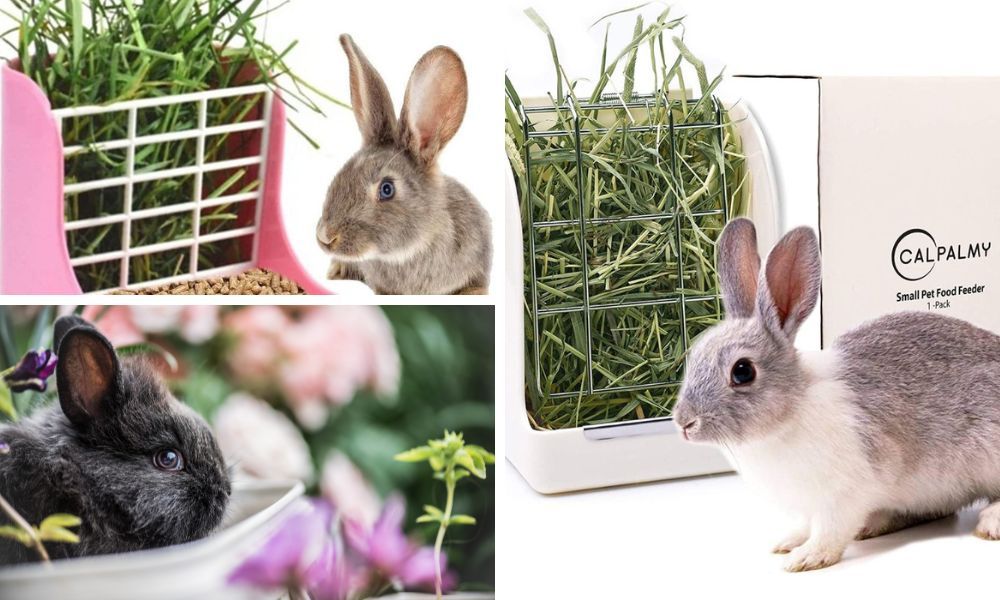
Size and Capacity
The size of the hay feeder is another crucial aspect to consider. It should be large enough to hold a day's worth of hay, reducing the frequency of refills. However, it shouldn't be so large that it takes up too much space or overwhelms your bunny. The capacity should match the quantity of hay your rabbit typically consumes, and if you have multiple bunnies, you might want to consider a combo feeder that can accommodate more hay and multiple rabbits.
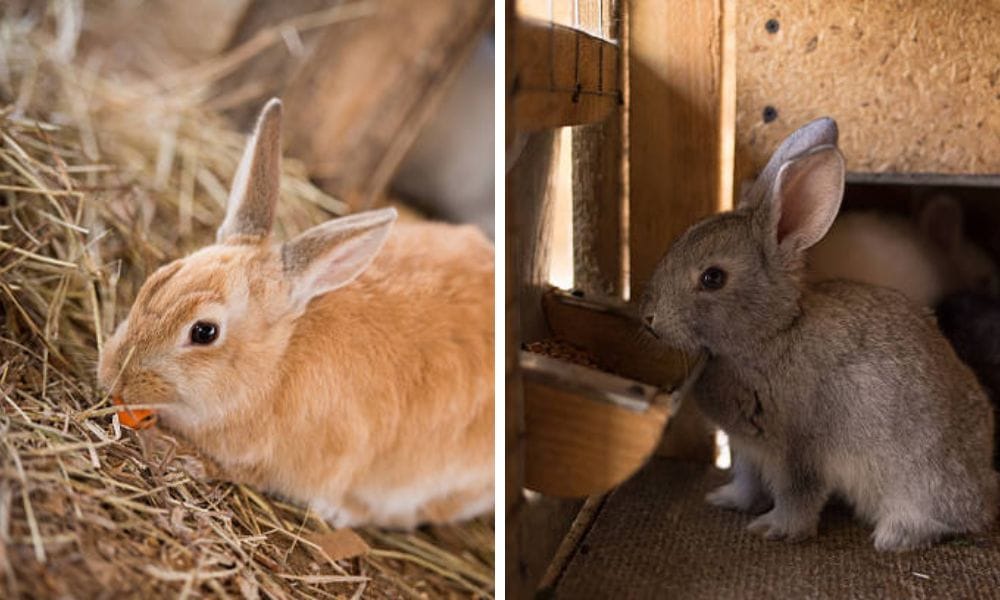
Safety and Durability
Safety should always be a top priority when selecting any item for your pets. Ensure that the rabbit hay feeder has no sharp edges or small parts that could become detached and pose a choking hazard. The feeder should be robust enough to resist tipping over and durable enough to endure the enthusiastic feeding habits of your bunny. Regularly inspect the feeder for any signs of wear and tear, and replace it when necessary to keep your rabbit safe.
Check for any gaps or openings in the hay feeder that could trap your rabbit's neck, as this could lead to serious injury.
Ease of Cleaning
Hygiene is paramount when it comes to any pet accessory. Hay feeders can collect dust and small pieces of hay that can mold over time. Choose a feeder that is easy to clean and maintain. Some feeders have removable parts or are designed in a way that allows you to easily brush out the debris. If you notice any hay that has become mouldy or soiled, be sure to throw it away immediately to prevent health issues for your rabbit. A clean feeder will help prevent the growth of bacteria and keep your rabbit healthy.
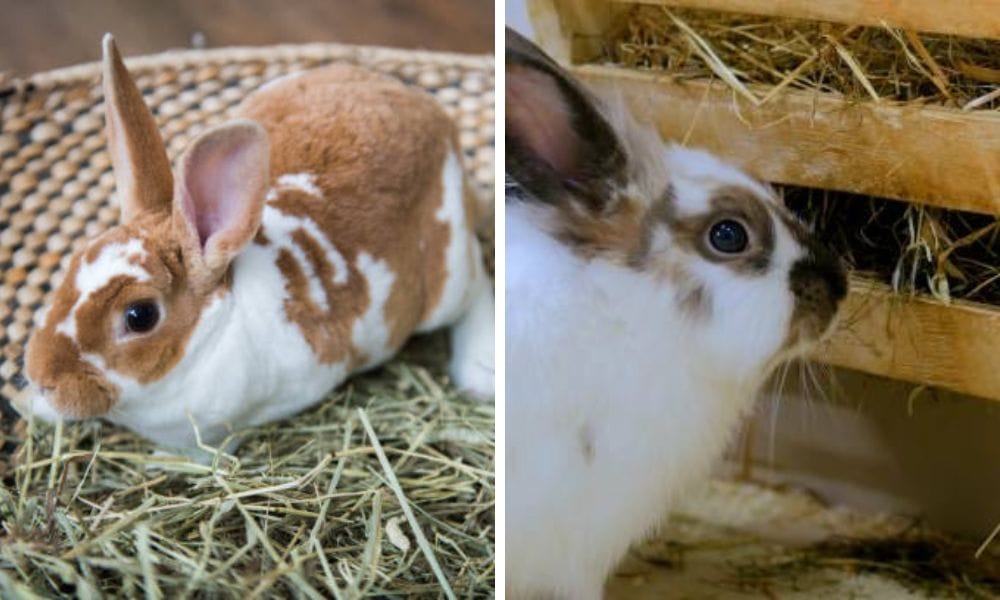
Tips for Using a Hay Feeder Effectively
To get the most out of your hay feeder, start by selecting the right size and style for your rabbit or guinea pig. Look for a feeder that’s sturdy and easy to clean, with holes cut large enough for comfortable eating but small enough to prevent too much hay from being pulled out at once. Place the feeder in a spot that’s easy for your pets to access—ideally near their favorite resting or eating area—to encourage them to eat plenty of clean hay throughout the day.
It’s important to monitor how much hay your pets are eating and to refill the feeder regularly, ensuring they always have access to fresh, dry hay. Pairing your hay feeder with a litter box or litter tray can help keep the area tidy and reduce mess, as rabbits often like to eat and use the litter box at the same time. By keeping hay off the floor and away from waste, you’ll minimize both mess and wasted hay.
Regularly check the feeder for any signs of wear, and clean it often to prevent dust and debris from building up. With these simple tips, you’ll create a clean, inviting environment that supports the health and well-being of your rabbits and guinea pigs, while also making your daily routine easier and more efficient.
Summary
Selecting the perfect rabbit hay feeder is essential for your bunny’s health and well-being. Remember to consider the material, design, size, safety, and ease of cleaning when making your choice. A well-chosen hay feeder will keep the hay clean and make it more appealing for your rabbit to eat, ensuring they get the necessary fiber for a healthy life. With the right feeder, you can rest assured that your bunny will be hopping with joy and vitality.
Note: Always purchase hay feeders from reputable sources to ensure quality and safety for your rabbit.
FAQ Section
Q: How often should I refill my rabbit's hay feeder? A: You should refill your rabbit's hay feeder daily to ensure they have a constant supply of fresh hay. Monitor the quantity to make sure your bunny is consuming enough fiber.
Q: Can I make a DIY rabbit hay feeder? A: Yes, you can make a DIY rabbit hay feeder using safe, untreated wood or other bunny-safe materials. Ensure that it's sturdy, has no sharp edges, and is easy for your rabbit to access.
Q: Is it better to have a hay feeder attached to the cage or a standalone one? A: The choice between an attached feeder and a standalone one depends on your space and your rabbit's preferences. Attached feeders save space and keep hay clean, while standalone feeders can be placed anywhere and are often easier to fill and clean.

